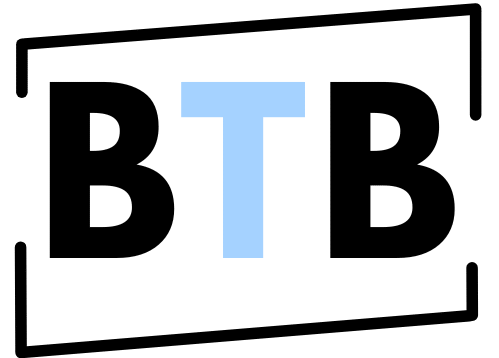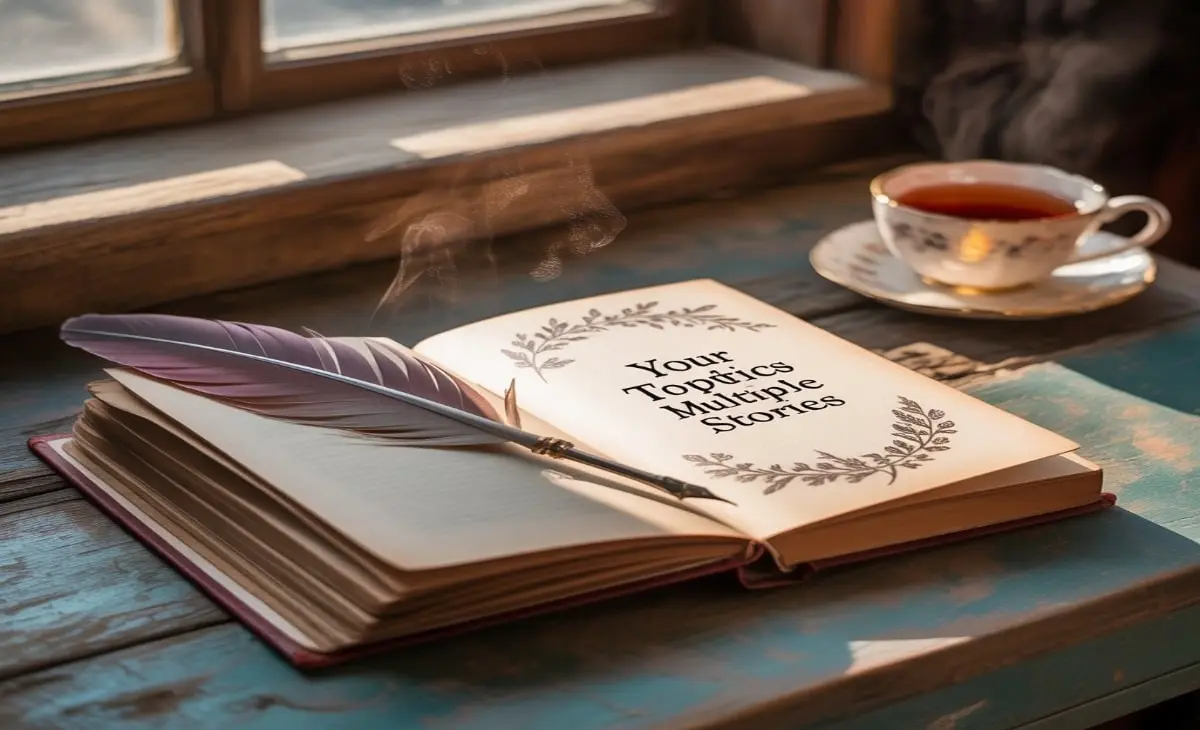Ever felt stuck staring at a blank page, unsure how to start your next story? You’re not alone. That’s where the concept of Your Topics Multiple Stories can help. This creative approach takes a single idea and spins it into multiple narratives—each with its own character, tone, and twist.
Whether you’re a writer, teacher, student, or content creator, this method opens doors to imaginative storytelling and makes your work more engaging. Let’s dive into how it works and how you can use it to transform your ideas into unforgettable stories.
What Is “Your Topics Multiple Stories”?
The phrase your topic’s multiple stories refers to using a single topic or prompt to craft several different narratives. Each story takes a unique direction—thanks to changes in setting, characters, tone, or genre.
For example, take a simple topic like “The Lost Key.” One version might be a mystery, another a romance, and another a sci-fi adventure. The core topic stays the same, but the storytelling varies wildly.
This method isn’t just a writing exercise—it’s a creative engine.
Why It Matters
So, why is your topic’s multiple-stories concept so powerful? Because it does more than just help you write—it trains your brain to think in flexible, dynamic ways.
1. Encourages Creative Thinking
You’re not limited to one plot. One topic becomes five ideas, then ten. It keeps your imagination flowing.
2. Strengthens Writing Skills
Each variation sharpens different techniques—dialogue, pacing, emotional tone, or suspense.
3. Works Across Ages and Skill Levels
From elementary classrooms to adult writing workshops, this technique adapts to any audience.
4. Supports Content Creation
Bloggers, YouTubers, and educators can use it to produce more content with less effort by changing the perspective or format.
How to Apply “Your Topics Multiple Stories”
You don’t need to be an expert writer to use this technique. Just follow these simple steps:
Step 1: Choose a Simple Topic
Start with something broad and relatable. Examples:
- The Forgotten Bag
- A Message in a Bottle
- The Locked Room
Step 2: Write Your First Story
Stick to one character and genre. For example:
A girl finds an old camera in her attic. When she develops the film, she sees pictures of a family she doesn’t know—but they’re inside her house.
Step 3: Shift the Angle
Now retell the same topic, but change something major. Ideas:
- Switch the main character (e.g., a detective finds the camera).
- Change the tone (make it comedic or terrifying).
- Set it in another time period.
Step 4: Explore Different Genres
Turn a drama into a thriller, then into fantasy. Each rewrite gives new life to the same idea.
Step 5: Repeat and Refine
Aim for 3–5 different stories per topic. Don’t rush. Let each idea breathe and evolve.
Real-Life Example: “The Lost Wallet”
Let’s break this down using the topic “The Lost Wallet.”
📖 Version 1 – Realistic Drama
A teenager returns a wallet and connects with an elderly woman who had lost touch with her family.
🕵️ Version 2 – Mystery
The wallet contains a fake ID and a blood-stained note, leading the finder into a dangerous investigation.
😂 Version 3 – Comedy
A clumsy man loses his wallet 10 times in one week, each time in more ridiculous places.
🚀 Version 4 – Sci-Fi
The wallet is a futuristic device containing a map to a hidden colony on Mars.
As you can see, your topic’s multiple stories unlock new paths with every twist you add.
Common Mistakes to Avoid
Even a great idea can fall flat if you’re not careful. Here’s what to watch for:
❌ Overcomplicating the Topic
Stick to a simple, clean base topic. The complexity should come from the story, not the prompt.
❌ Using the Same Character Type
Try not to use the same personality in every version. Mix it up—different backgrounds, ages, and motives.
❌ Forgetting the Emotion
Each story should evoke something—laughter, fear, sadness, or wonder. Don’t let the variations feel too similar.
❌ Copying Instead of Rewriting
Each story should be new. Don’t just change the name or setting—change the story’s soul.
Tips for Mastering This Technique
Want better results with your topic’s multiple stories? These tips will take your writing to the next level:
✅ Use Story Prompts as a Starting Point
Treat the prompt as a seed, not a box. Let your ideas grow in unexpected ways.
✅ Add Conflict or Ethical Choices
A little drama goes a long way. Conflict makes your story compelling.
✅ Tailor Tone to Audience
Are you writing for kids? Use humor or fantasy. Adults? Try suspense or drama.
✅ Use Dialogue to Show Perspective
Different voices = different experiences. Let dialogue shape the angle.
✅ Revisit Old Stories
Already wrote something years ago? Rewrite it using this technique and see where it takes you.
Final Thoughts:
The concept of your topic’s multiple stories isn’t just a fun writing trick—it’s a powerful creative tool. Whether you’re brainstorming content, building lesson plans, or just trying to beat writer’s block, this method helps you explore every angle of an idea.
With one topic, you can create worlds of possibility. So the next time you sit down to write, don’t stop at one version—challenge yourself to see how far your imagination can take it.
Your topics multiple stories could be the secret to unlocking your storytelling potential. Now it’s your turn—pick a topic and start writing. You’ll be amazed at what you create.
FAQs About “Your Topics, Multiple Stories”
What does the phrase mean exactly?
It’s a storytelling technique where one topic becomes several stories through shifts in genre, tone, or perspective.
Who can use this method?
Anyone! Writers, teachers, students, bloggers—even public speakers.
How many stories should I write per topic?
Start with three. If inspiration hits, go up to five or more.
Can I use this in blogging or marketing?
Absolutely. Write multiple articles around one concept—this improves SEO and audience engagement.
Where do I find topics?
Try writing prompts, news headlines, personal experiences, or platforms like crackuppuns.com for community-driven ideas.


